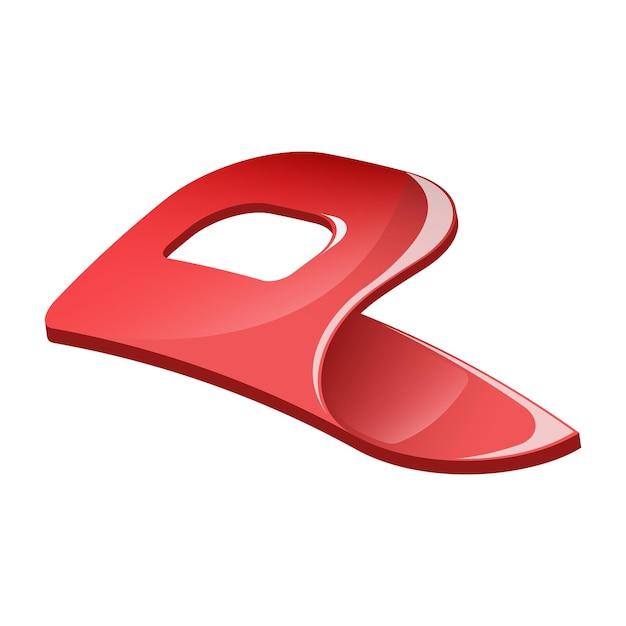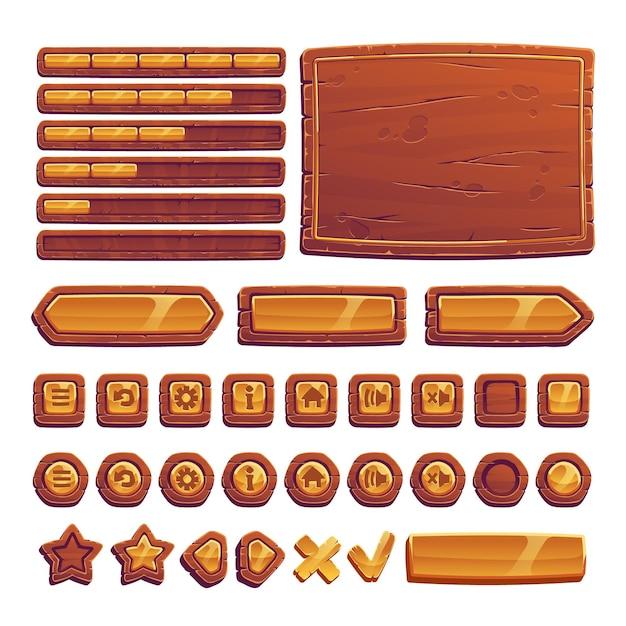In today’s digital age, where emails and instant messaging dominate, the art of writing a business letter may seem somewhat outdated. However, in certain professional settings, a well-crafted letter can still make a lasting impression. Whether you’re applying for a job, reaching out to clients, or simply communicating with colleagues, understanding the key components of a business letter is essential.
In this blog post, we will explore the 12 components that make up a business letter in 2023. From the traditional salutation and date to the closing and signature, each element plays a crucial role in conveying professionalism and clarity in your written correspondence. We will also address common questions such as using “dear” as a professional word, the full form of “dear,” and alternatives to the traditional closing phrases like “Very truly yours.”
So, whether you’re new to business letter writing or simply looking to brush up on your skills, this comprehensive guide will equip you with the knowledge you need to create effective and polished correspondence. Let’s dive in and discover the essential components that will make your business letters stand out in 2023.

The 12 Essential Components of a Business Letter
In the world of business, effective communication is key. And what better way to make a powerful first impression than through a well-crafted business letter? Whether you’re writing to a potential client, a colleague, or a business partner, there are 12 essential components that can take your letter from ordinary to extraordinary. So grab your pen (or your keyboard) and let’s dive into the world of business correspondence!
1. The Heading
We start our journey with the heading, which serves as the GPS for your letter. It includes the sender’s address, the date, and the recipient’s address. Just like a reliable GPS, the heading ensures your letter reaches its intended destination (and doesn’t accidentally get delivered to a remote island in the Pacific).
2. The Inside Address
Next up, we have the inside address. This is where you show your recipient some love by addressing them directly. Be sure to spell their name correctly, and if you have trouble with tricky names like “Yvonne” or “Benedict Cumberbatch,” just go ahead and Google it. The inside address lets the recipient know that they’re the star of this show.
3. The Salutation
Ah, the salutation – the friendly handshake that kicks off your letter. Whether you opt for a classic “Dear” or a more casual “Hey there,” the salutation sets the tone for the rest of your communication. Just remember, using a salutation like “Hey you” might not have the desired effect (especially if you’re trying to win over a potential client).
4. The Subject Line
Much like the subject line of an email, the subject line in a business letter acts as the sneak preview that entices your recipient to open it. Think of it as the movie trailer that leaves them wanting more. A well-crafted subject line can make a world of difference, so don’t settle for a boring one like “Important Business Letter.”
5. The Introduction
Just like in a blind date, the introduction sets the stage for what’s to come. It’s where you establish who you are, what your intent is, and why the recipient should keep reading. Remember to be engaging, concise, and maybe even sprinkle in a dash of wit to keep things interesting. After all, business letters don’t have to be all business.
6. The Body
Now we get to the meat of the letter – the body! This is where you make your case, present your ideas, or share important information. Break it down into paragraphs for easy digestion, and use clear and concise language to make sure your message gets across. Avoid using technical jargon unless you want to impress your recipient with your vast knowledge of industry-specific terms (but let’s be honest, not everyone finds jargon fascinating).
7. The Closing
Sadly, all good things must come to an end, including your letter. But fear not, the closing allows you to bid your recipient adieu in style. Whether you choose a traditional “Sincerely” or a more informal “Cheers,” make sure it aligns with the tone of your letter and leaves a lasting impression. A strong closing can be the cherry on top of your business letter sundae.
8. The Signature
Just like a secret ingredient, the signature adds a personal touch to your letter. It’s where you sign your name, and if you have a fancy title, feel free to show it off a little (but not too much – you don’t want to come across as a show-off). If you’re sending a digital letter, you can use a digital signature or simply type your name. But don’t forget to make it legible – no doctor-like signatures, please!
9. Postscript (P.S.)
Ah, the P.S. – the sneaky little addition that often steals the spotlight. This is where you can slip in a reminder, a bonus piece of information, or a playful comment. Think of it as the cherry on top of your letter sundae with sprinkles and whipped cream. Use it wisely, and it may just leave your recipient with a smile.
10. Enclosures
If you’re sending additional documents or materials along with your letter, be sure to mention them in the enclosure section. This lets your recipient know there’s more to discover, like a hidden treasure waiting to be uncovered. Just be careful not to send any actual buried treasure – that might raise some eyebrows at the post office.
11. Carbon Copy (CC)
If you want to keep others in the loop without making them direct recipients of the letter, the carbon copy section is your go-to. Here, you can list the names of the individuals who will receive a copy of the letter. But be mindful of who you include – you don’t want to accidentally CC your boss when you’re complaining about the office coffee in the letter.
12. Notations
Last but not least, we have notations – those little extras that provide important information about the letter itself. This can include things like “Confidential” if you want to keep the letter hush-hush or “Urgent” if it needs immediate attention. Notations are like the secret code words that add an extra layer of significance to your letter.
And there you have it – the 12 components that make up a proper business letter. By incorporating these elements, you’ll be well on your way to crafting captivating and effective correspondence that will impress even the toughest of business sharks. So go forth, armed with your newfound knowledge, and conquer the world of business letter writing!

Frequently Asked Questions about the Components of a Business Letter
Is “Dear” a professional word
Yes, “Dear” is a professional and widely accepted salutation in business letters. It is a courteous way to address the recipient and set a respectful tone for the letter.
What is the full form of “Dear”
In the context of a business letter, the word “Dear” does not have a full form. It is simply used as a formal salutation to address the recipient.
What are the 12 components of a business letter
A standard business letter typically consists of the following 12 components:
1. Date: The date on which the letter is written.
2. Sender’s Address: The address of the person sending the letter.
3. Recipient’s Address: The address of the person or organization receiving the letter.
4. Salutation: The formal greeting used to address the recipient.
5. Subject Line: A concise description of the letter’s purpose.
6. Body: The main content of the letter, where the message is conveyed.
7. Complimentary Close: A courteous phrase used to end the letter.
8. Signature: The sender’s full name, written below the complementary close.
9. Title/Position: The sender’s professional title or position.
10. Company/Organization: The name of the sender’s company or organization.
11. Contact Information: The sender’s contact information, including phone number and email address.
12. Enclosure: Mention of any additional documents or attachments included with the letter.
These components ensure that the business letter is professional and conveys the necessary information effectively.
What is “Very truly yours” called
“Very truly yours” is a commonly used formal phrase used as part of the complimentary close in a business letter. It signifies sincerity and professionalism.
What are the 7 parts of a business letter
In addition to the 12 components mentioned above, a business letter can also be broken down into seven main parts:
1. Heading: It includes the sender’s address, date, and recipient’s address.
2. Inside Address: The recipient’s address, usually aligned on the left-hand side below the heading.
3. Salutation: The formal greeting used to address the recipient.
4. Body: The main content of the letter, where the message is conveyed.
5. Closing: The concluding section of the letter that includes the complimentary close and the signature.
6. Signature Block: The sender’s full name, title, and company.
7. Enclosure: Mention of any additional documents or attachments included with the letter.
These parts work together to create a well-structured and professional business letter.
Can you start a letter with “Hello”
While “Hello” is a common greeting in casual settings, it is not typically used to start a business letter. In business correspondence, it is more appropriate to use formal salutations like “Dear” followed by the recipient’s name or title.
What are the 8 parts of a business letter
Apologies for the confusion, but a standard business letter generally consists of 12 components as mentioned earlier. However, here are eight essential parts that are integral to a business letter:
1. Heading
2. Date
3. Inside Address
4. Salutation
5. Body
6. Complimentary Close
7. Signature
8. Enclosure
These parts collectively form the structure of a business letter and ensure clear and effective communication.
Where do we sign in a letter
In a business letter, it is customary to sign the letter just below the complementary close. The signature signifies the sender’s agreement with the content of the letter and adds a personal touch to the communication.
Remember, diligently following the components and structure of a business letter will help you create professional correspondence and make a positive impression on recipients.
